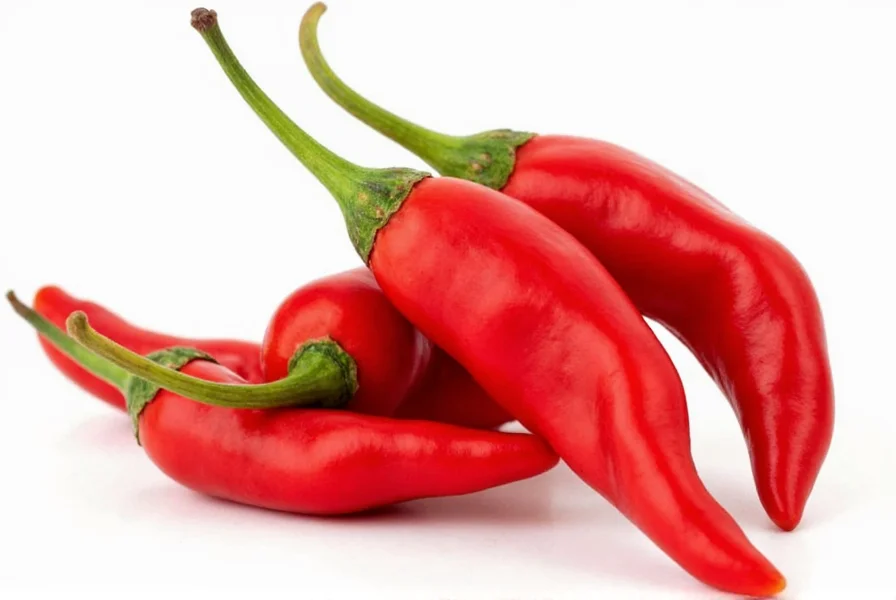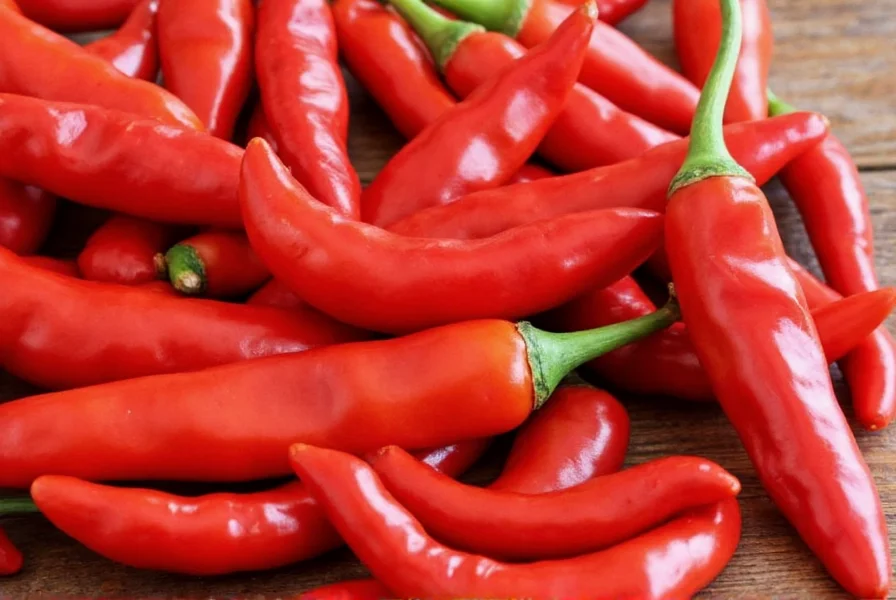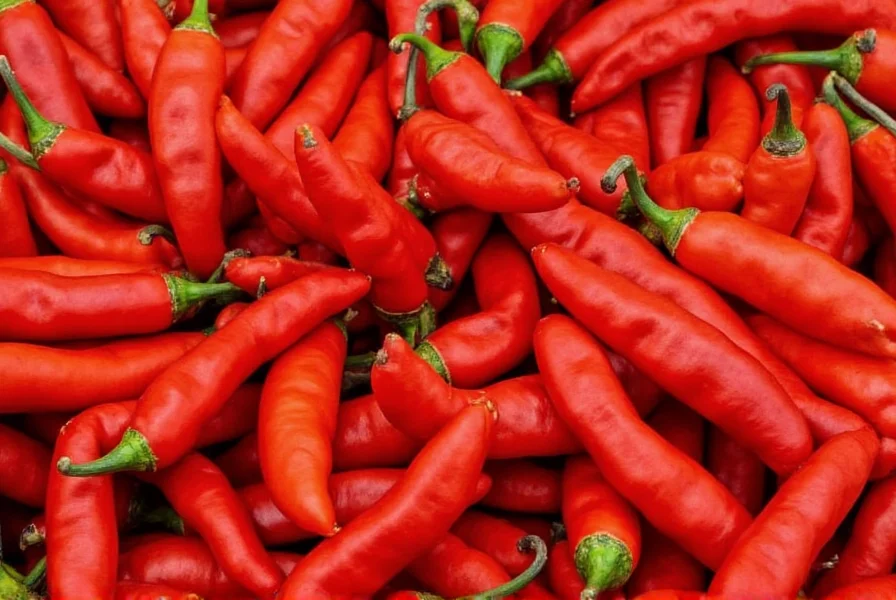Understanding the unique characteristics of Spanish cayenne pepper is essential for both home cooks and professional chefs seeking authentic flavor profiles. Unlike the sharper, more intense heat of conventional cayenne, this Spanish variety offers a more nuanced culinary experience with its gradual heat development and earthy undertones.

Origins and Historical Background
Spanish cayenne pepper traces its lineage to chili peppers introduced to the Iberian Peninsula by Spanish explorers following Columbus's voyages. Unlike its name might suggest, it didn't originate in Cayenne, French Guiana, but developed through centuries of cultivation in specific Spanish regions including Extremadura and Andalusia.
Traditional Spanish farming practices and unique soil conditions in these regions contributed to the development of this distinctive variety. Authentic Spanish cayenne is often labeled as "pimiento choricero" in local markets, reflecting its traditional use in chorizo production.
Key Characteristics of Spanish Cayenne Pepper
Several factors distinguish Spanish cayenne from other varieties:
| Characteristic | Spanish Cayenne | Standard Cayenne |
|---|---|---|
| Heat Level (SHU) | 30,000-50,000 | 30,000-100,000 |
| Flavor Profile | Smoky, sweet, earthy with gradual heat | Sharp, immediate heat with less complexity |
| Physical Appearance | Deep crimson, slightly curved, thicker walls | Bright red, straighter, thinner walls |
| Common Culinary Forms | Whole dried, flakes, artisanal powders | Mass-produced ground powder |
Differences Between Spanish Cayenne and Regular Cayenne
Many consumers mistakenly believe all cayenne peppers are identical. The difference between Spanish cayenne and regular cayenne extends beyond mere regional labeling:
- Heat development: Spanish variety delivers heat gradually, allowing other flavors to shine, while standard cayenne often produces immediate, overwhelming heat
- Flavor complexity: Authentic Spanish cayenne contains subtle sweet and smoky notes absent in many commercial varieties
- Culinary integration: Spanish cayenne blends seamlessly into dishes, whereas standard cayenne can sometimes dominate
- Processing methods: Traditional Spanish varieties are often sun-dried naturally, preserving flavor compounds lost in industrial processing
Culinary Applications of Spanish Cayenne Pepper
Spanish cayenne's balanced profile makes it exceptionally versatile in cooking. Professional chefs value how it enhances rather than overwhelms dishes. Key applications include:
- Traditional Spanish cuisine: Essential for authentic chorizo, patatas bravas, and seafood stews like zarzuela
- Sauce development: Its solubility in fats creates complex hot sauces with layered heat rather than one-dimensional spiciness
- Meat preparation: Works exceptionally well in dry rubs for pork and chicken, where its smoky notes complement grilled flavors
- Vegetable enhancement: Adds depth to roasted vegetables without masking their natural sweetness
For optimal flavor extraction, add Spanish cayenne early in the cooking process to allow its complex compounds to integrate fully with other ingredients.
Substituting Spanish Cayenne Pepper
Finding authentic Spanish cayenne can be challenging outside specialty markets. Effective substitutions depend on which characteristic you need to replicate:
- For heat profile only: Use standard cayenne at 25% reduced quantity (it's often significantly hotter)
- For flavor complexity: Combine smoked paprika (2 parts) with standard cayenne (1 part)
- For traditional Spanish dishes: Pimentón de la Vera (smoked paprika) provides similar earthiness with controlled heat
When substituting, always start with less than you think you need - you can add more heat during cooking, but you cannot remove it once incorporated.
Purchasing and Storage Guidelines
Identifying authentic Spanish cayenne requires attention to detail. Look for these quality indicators:
- Label information: Authentic products specify "pimiento choricero" or Spanish regional origins
- Color quality: Deep, rich crimson rather than bright orange-red
- Aroma profile: Should offer complex scent with smoky and sweet notes, not just sharp heat
Proper storage maintains quality and flavor:
- Store whole peppers in airtight containers away from light and moisture
- Ground Spanish cayenne loses potency faster - use within 6 months for optimal flavor
- Freezing extends shelf life but may affect texture for grinding applications

Common Questions About Spanish Cayenne Pepper
Is Spanish cayenne pepper hotter than regular cayenne?
No, authentic Spanish cayenne pepper is typically milder than standard cayenne found in American markets. Spanish variety ranges from 30,000-50,000 Scoville units, while many commercial cayenne products reach up to 100,000 SHU. The heat profile also differs, with Spanish cayenne delivering a more gradual, complex warmth rather than immediate sharp heat.
What makes Spanish cayenne different from other cayenne varieties?
Spanish cayenne pepper differs in several key ways: it has a deeper red color, slightly thicker walls, a more complex flavor profile with smoky and sweet notes, and a more moderate heat level. It's traditionally grown in specific Spanish regions using methods that preserve flavor complexity, unlike mass-produced commercial varieties focused primarily on heat.
Can I use Spanish cayenne pepper in place of paprika?
Yes, but with caution. Spanish cayenne is significantly hotter than sweet paprika. For dishes requiring paprika's flavor without intense heat, use only 1/4 to 1/2 the amount of Spanish cayenne. In traditional Spanish cuisine, smoked paprika (pimentón) often serves as a bridge between these ingredients, providing similar earthiness with controlled heat.
Where can I buy authentic Spanish cayenne pepper?
Authentic Spanish cayenne pepper can be found at specialty spice shops, Spanish import stores, and select online retailers focusing on gourmet ingredients. Look for products labeled 'pimiento choricero' or specifying Spanish origin. When purchasing online, check reviews for comments about authenticity and flavor quality, as many products labeled 'Spanish cayenne' are actually standard cayenne with Spanish branding.











 浙公网安备
33010002000092号
浙公网安备
33010002000092号 浙B2-20120091-4
浙B2-20120091-4